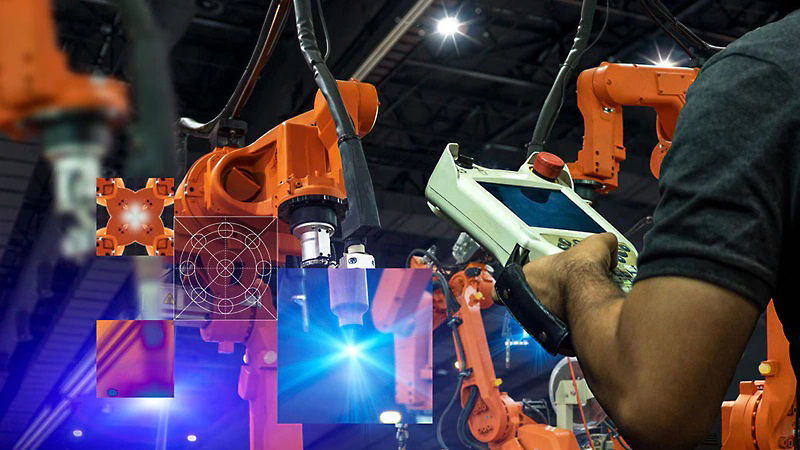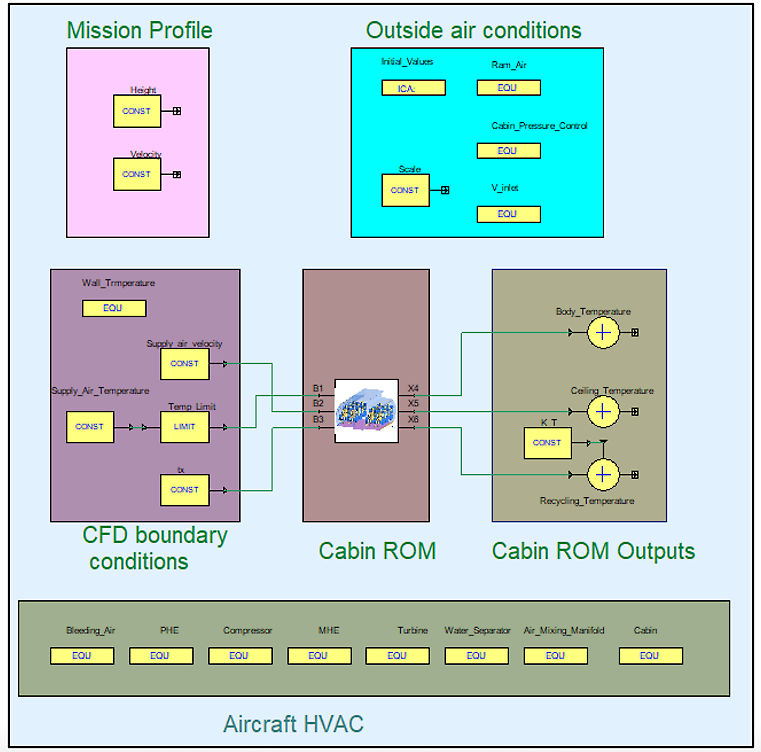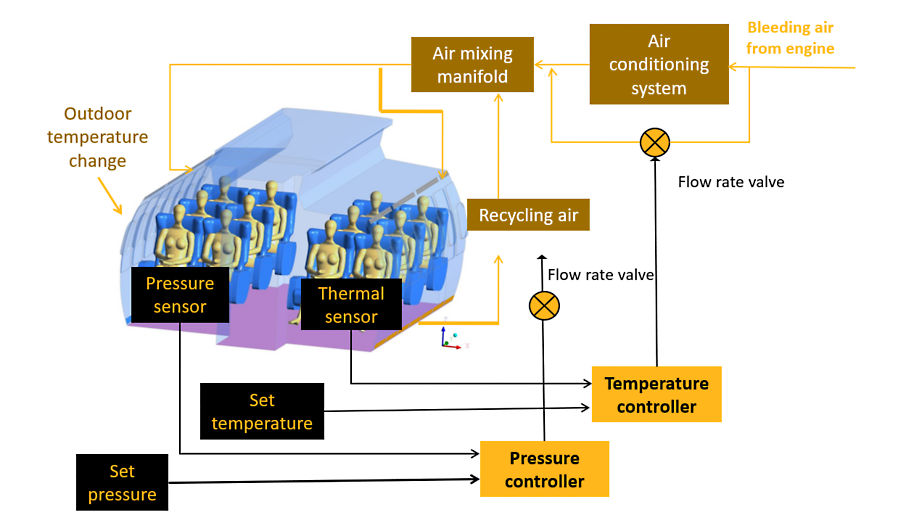Engineers are increasingly using artificial intelligence (AI) to automate processes and make decisions faster and more effectively than humans can. But, while engineers are experts in their area of specialization, most of them are not data scientists. And they don’t have the time to learn data science and write the complex code that AI modules require.
Microsoft Project Bonsai helps engineers create AI-powered automation without using data science by graphically connecting software modules that have already been programmed to perform certain AI functions. A complete set of connected functions that can perform a task is called a “brain.” A brain is a standalone, portable software module that can be used as part of an open loop to advise a human operator on the best decision to make, or it can replace the human, making decisions and carrying them out by itself when configured in closed-loop mode.
Microsoft is working with Ansys Twin Builder software to create digital twins of equipment or processes to be automated using AI. Digital twins can generate the large amounts of data needed to train AI brains much more quickly and at lower cost than using physical machines for data generation.
Machine Teaching vs. Machine Learning
As automated processes become more complex, the method of training an AI brain is changing too. When the goal was simply image or text recognition, flooding the AI brain with tons of labeled data so it could pick out patterns worked fine. This is the basis of machine learning (ML).
But when AI is being relied on to control a complex, multistep process on an industrial scale, ML is not as effective. The variety of inputs from numerous sensors of different types simply overwhelm the brain.
So, Microsoft engineers developed the concept of machine teaching (MT), which relies more on the human approach to learning. Just as a math teacher doesn’t start trying to teach young students calculus before they have mastered the concepts of arithmetic, engineers can’t expect an AI brain to understand how an electric turbine works before it learns about rotation.








